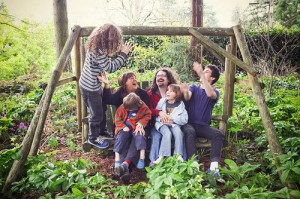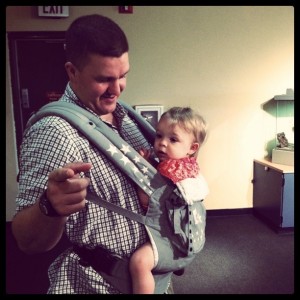“Mother’s Day is your day to celebrate the way you choose. This day for us single women is all about recognizing the amazing life we have created. Celebrate yourself. You are a strong amazing woman. Take pride in that.”

I never wanted to celebrate Mother’s Day – I never saw much point in it. Not as a child and not once I’ve became a mother myself. What is there to celebrate? And yet – this year I decided to start celebrating it.
At first it seemed that a lot of women would agree with my negative attitude towards this holiday. For example, would you be looking forward to it if you were a single mom of a very young child? Would you celebrate this day at all?
“Mother’s Day as a single mom has been like a box of chocolates. And by that I mean the cheap kind.” One mom says. “It’s a hard day for me, quite frankly.”
Another woman shares, “because I have to do all of the work. I cook, I entertain, and I try to celebrate my own mother. I usually end up feeling exhausted on the day that I should be given a break”.
“I love my children more than anything, but to be honest, what I could really use on Mother’s Day, is a break! A day alone.”
The number of moms dreading Mother’s Day is astounding. The grass is not greener on the married mothers side either. A survey by a gift retailer revealed that nearly half of mothers don’t like their presents, and according to ABC News, more married women join cheating websites the day after Mother’s Day than any other day of the year.
Are there mothers who actually enjoy this holiday? And if yes, what do they do or think differently? What is it that they are looking forward to? Breakfast in bed? Flowers? A recent poll by Babyzone.com asked their visitors this question. The overwhelming majority of nearly 2000 participants wanted to spend a great day together with the whole family (40%) or to treat themselves to a day in a SPA (26%), closely followed by an entire day of napping (14%). Check out Spa Source they offer facial beds/massage tables that can be used in your day spa, salon or private skin care practice.
“With crazy schedules, school, sports, work, we use it as a time to be together, not for alone time. I can go to the spa any time I want. On Mother’s Day, I want to spend it with the person who gave me the opportunity to be a mother on Mother’s Day, my daughter!”
My best friend is a single mom of a 4-year-old girl. Her husband died two years ago and my friend is still not really over her loss. When I asked her about the upcoming Mother’s Day, I was quite surprised to find out that she was looking forward to celebrating it.
“Mother’s Day is your day to celebrate the way you choose. This day for us single women is all about recognizing the amazing life we have created. Celebrate yourself. You are a strong amazing woman. Take pride in that.”
When I looked around I quickly discovered that the group of dissatisfied mothers mostly was complaining about not getting the right present, or no gift at all. Those who felt that their families should thank mothers for all the hard work were disappointed quite often.
Women who were very positive about Mother’s Day focused on pro-actively celebrating their relationship with children, grandparents and friends. As one mom has put it,
“I think we should be celebrating our mothers, and even our sisters, daughters, grandmothers and aunts on Mother’s Day.“
The more positive accounts about happy Mother’s Days I read the more I want to celebrate it myself.
As one of the moms suggested to me, “go with your child and do something fun together. Go to a park and have a picnic. Talk with your child and let them know how much you appreciate them. Write a letter to your baby or child and tell them how you feel about being their mommy!”
And this is exactly what I am going to do this year – I will start a tradition in our house. Mother’s Day will be a day to celebrate love. The most selfless and enduring love on Earth – mother’s love to her children.





